The Welsh love their symbols. The leek has been a national symbol of Wales since Saint David ordered Welsh soldiers to wear a leek on their helmets to identify themselves. The tradition ostensibly hails from a battle with Saxons that occurred in a field of leeks. The daffodil, also known as “Peter’s Leek,” apparently became the national flower of Wales when David Lloyd George, the only Welshman to serve as Prime Minister of Britain, decided it was a more attractive symbol than the stinky leek.
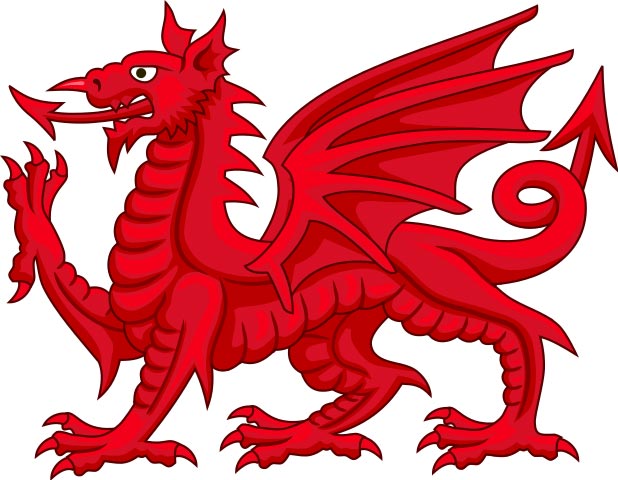
But nothing symbolizes Wales more than the red Welsh dragon. Its first written mention was in the Historia Brittonum, a Latin history of the indigenous British people that was written during the 9th century by the Welsh monk Nennius. However, legend insists that the red dragon was the battle standard of King Arthur, leading archeologists to speculate that it evolved from an even earlier Celtic symbol.
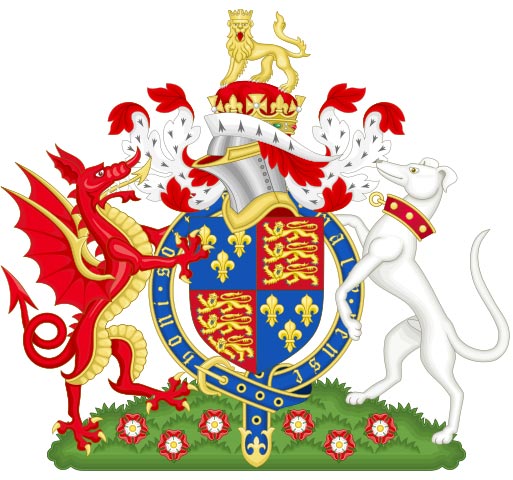
Over the centuries, the symbol of the Welsh dragon has been inextricably intermingled with England. Henry VII spent the first 14 years of his life in Wales. When he marched off to fight in the Battle of the Roses, he carried a banner that displayed the Welsh Dragon. Victorious, Henry ascended to the throne, establishing England’s House of Tudor. During his reign and the reign of most of the subsequent Tudor monarchs, the Welsh dragon was displayed on the Tudor Royal Coat of Arms, symbolizing the Tudor’s Welsh heritage and the union of Wales with England. The version used by Henry VII displayed the red dragon supporting one side of the Royal Arms of England.
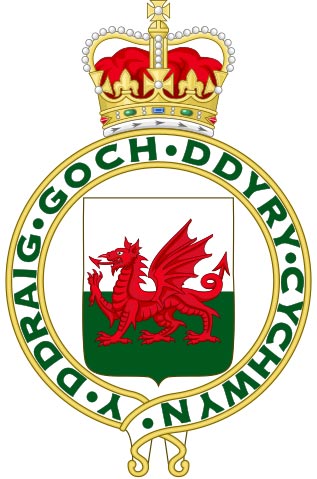
The Royal Heraldic Badge for Wales displayed the red dragon as far back as the reign of Henry VII. In 1953 the badge was augmented with the words, ”the red dragon inspires action.” It became the inspiration for the Welsh National flag, which displays the red dragon on a field of white and green. Strangely, the new Royal Badge of Wales approved in 2008 eliminated the dragon entirely. Instead it features four lions encircled by alternating leeks, thistles, clover, and Tudor roses. Despite this curious eradication, the fearsome red serpent is still quite prevalent in Wales.

The Welsh Seal, used by the First Minister to seal bills passed by the Welsh National Assembly, incorporates the Welsh dragon into its design. Both the Welsh government and Visit Wales tourism logos feature the Welsh dragon. A highly stylized drawing of the dragon’s tongue is even used as the logo for the Welsh Language Society.
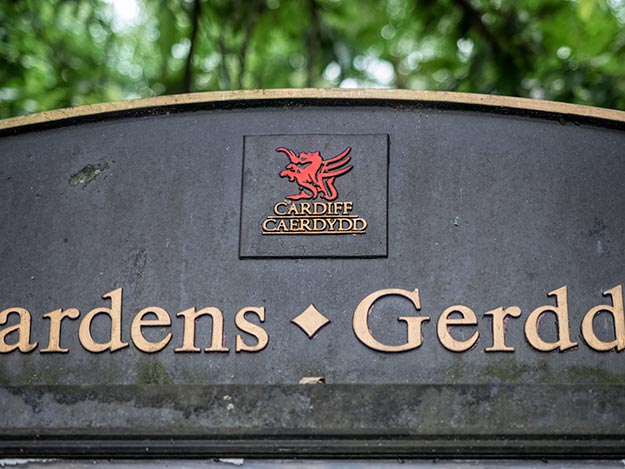
I saw dragons everywhere during my visit to Cardiff. Signs in Caerdydd Park are imprinted with the symbol and a stone dragon even tops the dome of City Hall. Welsh flags, dominated by a quintessential image of the red dragon, hang from poles that line High Street, the most popular pedestrianized shopping street in the city center of Cardiff.
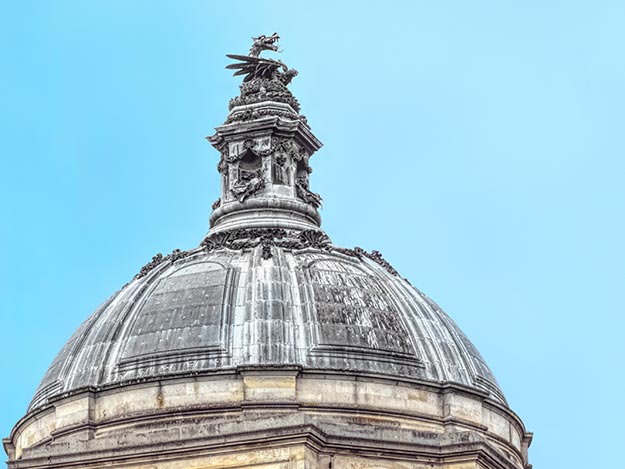
But by far my favorite was a Welsh dragon that squatted at the base of an obelisk in the government district. I didn’t see any daffodils in the city parks or find that leeks were prevalent in Welsh cuisine, but there was no denying the symbol of the red dragon is still strongly rooted in the Welsh psyche.
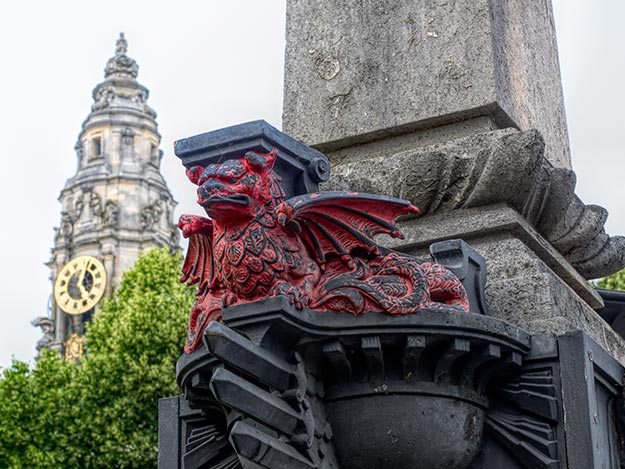
Red Dragon, Henry VII Coat of Arms, and Royal Badge of Wales images courtesy of Sodacan.

12 out of 10 diolch yn fawr
Your post is very helpful post
So informative! Loved reading this
Thanks Juan. You are always so kind in your comments.